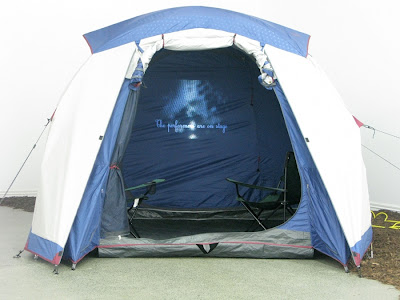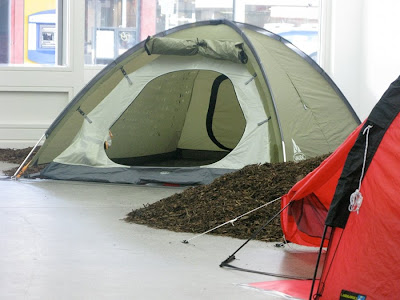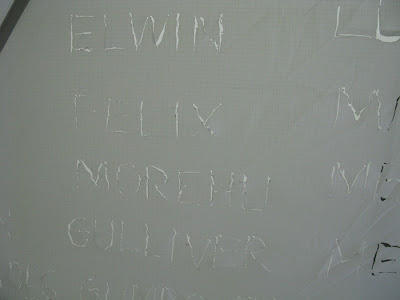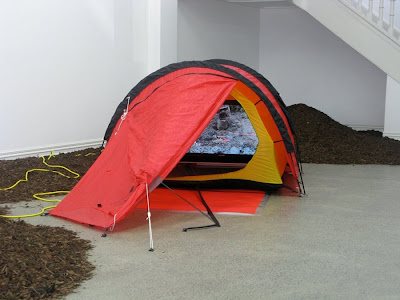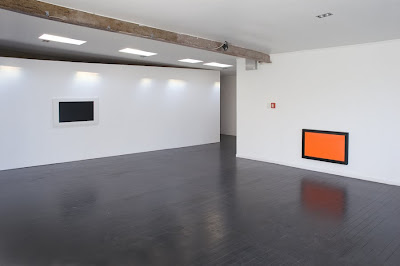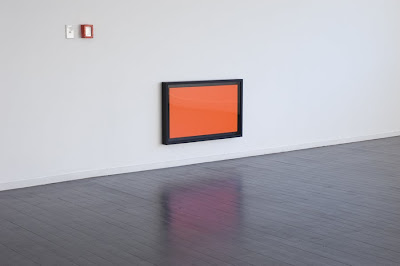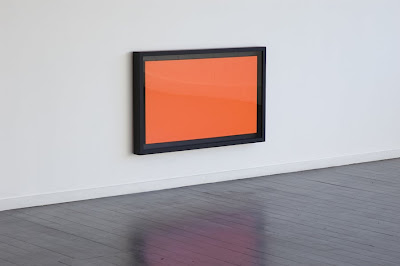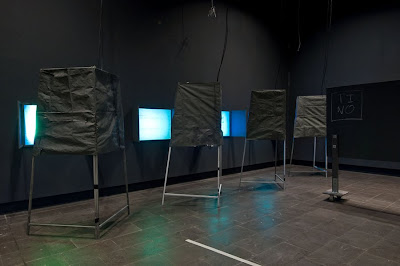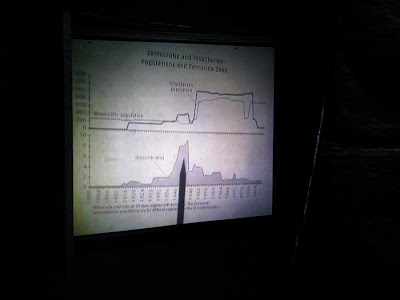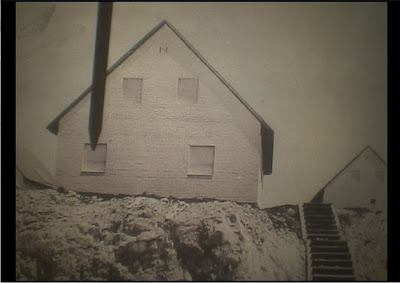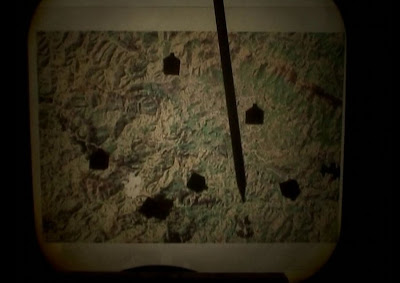
ShContemporary wrap up
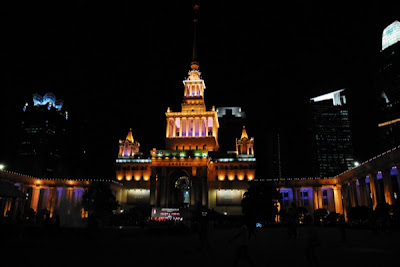
ShContemporary closed on Sunday 13 September 09 and like many in the region we're waiting for reports to emerge on how it fared. While there is talk of the global recession bottoming out and 'green shoots' appearing, it's still a tough time to be in the art fair business.

American artists at The Physics Room

Crystal ball gazing

At an auction in Auckland last week Peter Stichbury's painting Lily Donaldson went under the hammer for a record price of $45,625 (including buyer's premium), against a reserve of $28,000. However, the prices for works by other 'blue-chip' artists varied – some held their ground while others dipped. Clearly it's too soon to be looking for a significant art market rally, which is just fine with many in the art world. We remain on the side of those who believe a recession-driven correction will be good for the art market in the long term.

Artspace new artists show
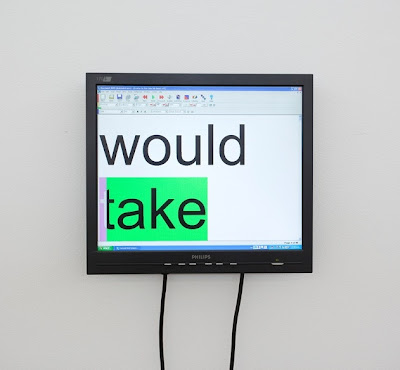
Layla Rudneva-Mackay is one of the artists featured in Artspace's annual new artists show. This year's version has been selected by three artist-led initiatives – Newcall, a gallery and studio programme run by a collective of recent Elam graduates; Fresh Gallery, a Manukau City Council initiative for contemporary Pacific art; and Dunedin's long running but difficult to pigeon-hole performance space, None. Recently appointed Artspace director Emma Bugden says the new approach aims “to disrupt the curatorial auteurship of previous years and render more visible the grass-roots organisations that build the contemporary art communities of tomorrow”. You can read more about the exhibition and related Artspace programmes here.

Brought to Light

In B.158, the Bulletin of the Christchurch Art Gallery, senior curator Justin Paton maps out the Gallery's new approach to collection displays, which will ignore the usual hard-and-fast separation of historical and contemporary. He says: Though works of art legally 'belong' to the collectors who collect them, in an imaginative sense no one can own them or hold them in place. That's because what characterises the best art is its extreme imaginative volatility – the way meanings change and expand across time. That's what we hope you'll find in the new collection galleries: a place where, each time you visit, fresh meanings come to light.” Brought to Light opens at the Christchurch Art Gallery in late November 09.

et al. that's obvious! that's right! that's true!

You can read a review of et al. that's obvious! that's right! that's true! here and visit the artists' website here. The exhibition runs at the Christchurch Art Gallery to 22 November 09.

9/15: The Last Post
I was reading an economics paper the other day discussing the merits of a 'cash back' offer over a 'discount' of the same value.

The Middle Landscape reviewed
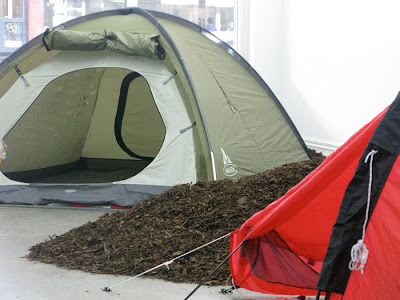
You can read a review of Stella Brennan's exhibition The Middle Landscape here. The show runs to 3 October 09.

9/15 posts

Here is our third suite of posts on the upside to the recession. (You can read our first post here.) They come from Ben Plumbly, the art director of a new Auckland-based auction house, and the editors of Art Asia Pacific, a magazine dedicated to contemporary visual culture from Asia, the Middle East and Pacific since 1993.

9/15 posts
Brian Butler:

HIRSCHFELD Berlin presents

On 16 September 09 HIRSCHFELD (Berlin) presents EARSHOT by Dane Mitchell, a new sound work that employs the Hirschfeld space as a point of departure to broadcast from several Berlin locations.

9/15 posts

9/15

It's a year today since the global economy teetered on the brink of calamity. Over three days (15, 16 & 17 September 2008) Lehman Brothers filed for bankruptcy, the global insurance giant AIG was taken over by the United States Government and a failing Wall Street icon Merrill Lynch was absorbed by the Bank of America in a deal brokered and financed by the US Government. Panic set in, credit stopped circulating and the world watched in disbelief as Wall Street's Masters of the Universe threatened to send us all to hell in a handcart.

The new face of ShContemporary

Colin Chinnery is the new director of ShContemporary, replacing Lorenzo Rudolf who departed after the 2008 edition of the fair. A Beijing-based artist/curator/writer, Chinnery has a reputation for bringing contemporary culture to a broader Chinese audience. He has curated such shows as Sound and the City, China's first major sound art project, and Aftershock, a survey of British art also presented in China. He was previously chief curator and deputy director at the Ullens Centre for Contemporary Art, Beijing.

Flatline review

You can read a review of Matt Henry's Flatline exhibition at eyeCONTACT. The exhibition runs in our Project Space to 3 October 09.

ShContemporary: a new initiative

This year, ShContemporary has created a specialised team whose purpose is to engage with emerging collectors in China and create fresh networking opportunities through The Collectors Development Programme (CDP). Through their partners, who represent China's fast emerging affluent sector of society, ShContemporary is reaching out to potential and emerging collectors.

ShContemporary: Discoveries

ShContemporary underway in Shanghai

Tate Modern backs move to fight global warming

A coalition of British scientists, companies, celebrities and organisations spanning the cultural and political spectrum have committed to slashing carbon emissions as part of a campaign to tackle global warming by reducing their carbon footprints by 10% during the year 2010. The coalition aims to bolster grassroots support for tough action against global warming ahead of the key summit in Copenhagen in December, which is being staged to broker a successor to the Kyoto protocol.

Stella Brennan: The Middle Landscape
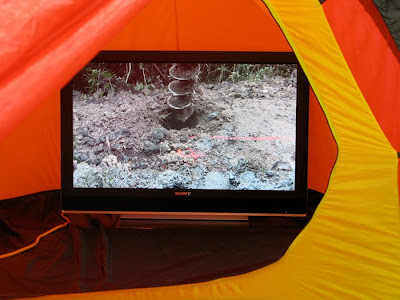

Matt Henry: Flatline
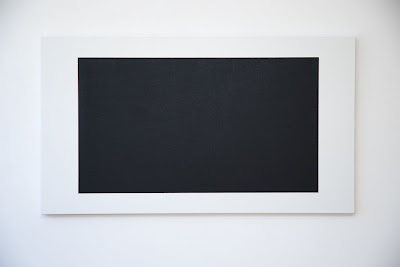
Matt Henry's Flatline exhibition runs in our Project Space to 3 October 09. The title Flatline has a slightly ambiguous ring to it that could reference 'death' (as envisaged in Rodchenko monochromes, Malevich's 'zero of form' or void), or conversely a range of slim-line designer appliances/flat screen televisions. Henry sees the function of these particular works in the exhibition as a conduit, creating a kind of juncture between the end games (or openings) of early 20th century art/painting, and an opening out of paintings function in the world. You can read the full exhibition release here.

ShContemporary

We are in Shanghai this week visiting ShContemporary. From Wednesday we'll be posting reports and images from the fair, which runs from 10 – 13 September 09 with the Vernissage on the 9th.

Take a virtual tour of the new Auckland Art Gallery
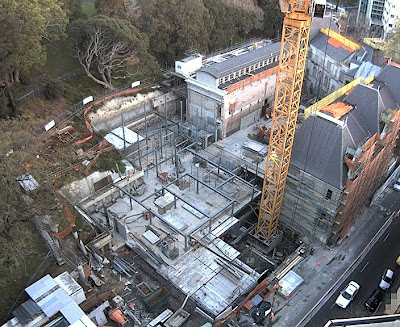
The Auckland Art Gallery is currently under development until its re-opening in 2011. You can get a sense of what the new gallery will look like by taking this virtual tour.

Excerpts from et al. that's obvious! that's right! that's true!
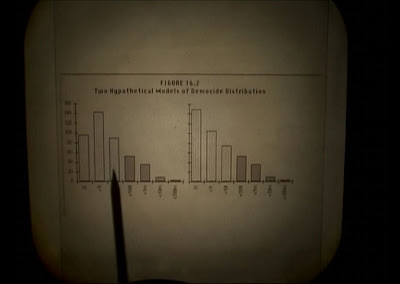

Art Los Angeles Contemporary
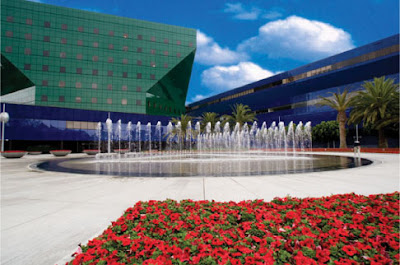
ART LA has been superceded by Art Los Angeles Contemporary – a new art fair, presented at a new venue by Fair Grounds Associates, a new company run by owner/director Tim Fleming, formerly the director of ART LA. Art Los Angeles Contemporary will be staged at the Pacific Design Centre owned by MOCA trustee Charles Cohen. Positioned in the affluent West Hollywood neighbourhood, the building is surrounded by luxury hotels, boutiques, restaurants as well as the famous Sunset Strip. Another feature of the new venue is its alignment with the Museum of Contemporary Art (MOCA), which is housed in the courtyard of the Design Centre's 14-acre campus. The first edition of the new fair is scheduled for 28 – 31 January 2010.

Coming up at Starkwhite
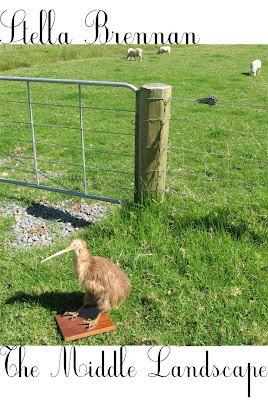
The aesthetic of Stella Brennan's The Middle Landscape is theatrical, incorporating both landscape gardening and the brightly coloured functionality of a sporting goods store. Entering the space, sounds and flickering light emanate from three tents pitched on the gallery floor, while drifts of pine bark heaped up around the space soften the acoustics and give off an earthy smell. Bright yellow extension cables snake across the floor and into tents, feeding electronics inside. The Middle Landscape runs from 7 September – 3 October 09 and you can read the full exhibition release here.

Asia Pacific Triennial of Contemporary Art

Established in 1993, the Asia Pacific Triennial (APT) focuses on the contemporary art of Asia, the Pacific and Australia. The 6th edition of the event runs at the Queensland Art Gallery and Gallery of Modern Art (Brisbane) from 5 December 2009 to 5 April 2010.

Sensory circuits

Alicia Frankovich is one of seven artists represented in Automatic, an exhibition curated by Chris Fite-Wassilak and Gavin Murphy that explores the sensory circuit between the artist, artwork and audience. The exhibition opens at Auto Italia South East, London, on 4 September 09 and runs to 26 September before reconfiguring in Dublin's Pallas Contemporary Projects in October. You can read the press release for the exhibition here.

A walk of art
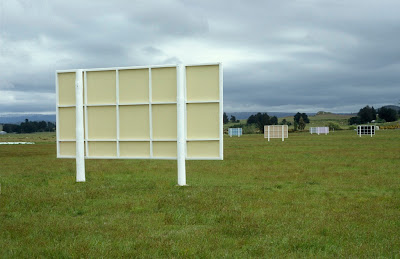

Breath of life


A novel way to wind up a collection


Fazed from the street

Grant Stevens' exhibition Fazed closes this Saturday (29 August '09). You can contact us at starkwhite@starkwhite.co.nz if you'd like more information on Fazed or images of works in the exhibition.

Featured Work


























